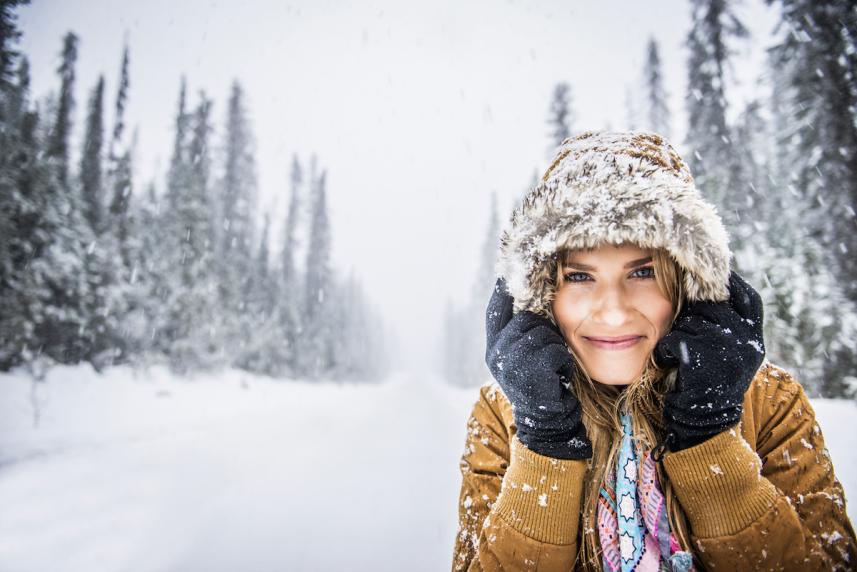6 winter safety tips
Simple steps to avoid cold-weather injuries

Low temperatures, snow, and ice can lead to injuries or even a trip to the emergency room. Here’s how to keep your whole family safe.
1. Dress warmly
To avoid losing body heat and stay comfortable, start with light layers like a long-sleeve shirt and sweater. Add a water-resistant coat and shoes. When the temperatures dip, top with a hat, scarf, and gloves. If your clothes get damp, change into dry ones as soon as you can.
2. Stay indoors when advised
Check weather advisories and the wind chill. When it’s windy, heat leaves your body faster. Keep in mind that young children, older adults, and people who are outdoors for long periods of time are at higher risk of hypothermia. Shivering is a sign to head indoors.
3. Walk carefully
Icy steps and driveways are a falling hazard. Wear shoes with rugged soles for traction, and apply rock salt to outdoor surfaces to break down ice. Indoors, dry shoes on a mat, and wipe up wet spots. If you fall and need medical attention, you can get treatment for sprains and bumps at an urgent care center.
4. Take precautions if you have a chronic condition
The weather can make symptoms worse or present new risks. If you have:
- Heart disease: Ask your doctor if shoveling snow is safe for you.
- Diabetes: Keep your skin dry, and check your feet for signs of infection.
- Asthma: Cover your mouth and nose when going outdoors.
If you experience any changes in your symptoms, call your doctor.
5. Remind kids to sled safely
Sledding can be a fun family activity. To prevent head injuries, children should wear a helmet and sit facing forward, never lying down or going headfirst. Avoid areas with cars, poles, or trees.
6. Prevent home fires
Most home fires occur in winter. Have a professional check your heating system, and test your smoke and carbon monoxide alarms. Never use generators indoors or leave candles unattended.
The Pain-Free Way to Shovel Snow
Shoveling gives your muscles and heart a workout, so warm up for 10 minutes first, according to the American Academy of Orthopaedic Surgeons. Try to push the snow instead of lifting it. If you need to lift, bend your knees, and avoid twisting your back. Clear snow in chunks, and take breaks if needed.


